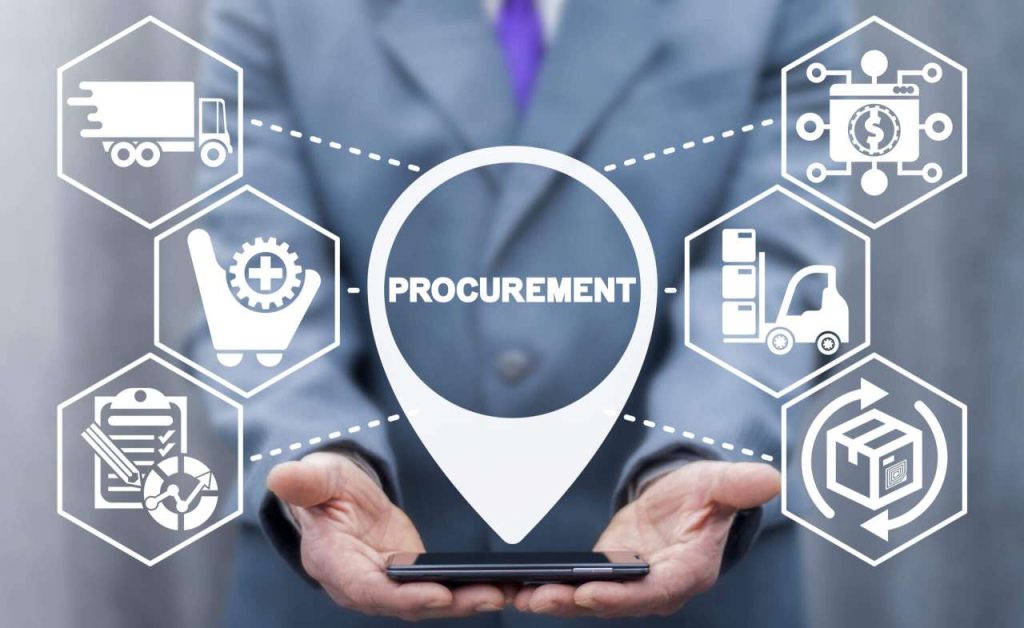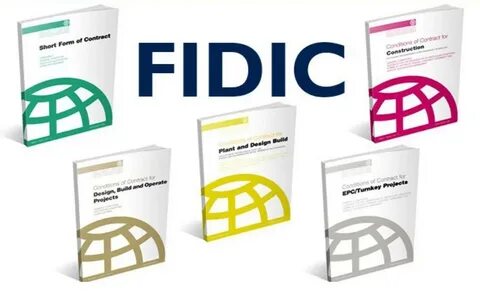
Saudi Arabia Vision 2030 and How KE Leaders’ Courses Empower Professionals, Companies, and Governments
Saudi Arabia Vision 2030 and How KE Leaders’ Courses Empower Professionals, Companies, and Governments Introduction Saudi Arabia Vision 2030 represents a bold, ambitious blueprint to transform the Kingdom’s economy and society by the year 2030. It aims to reduce dependence on oil, diversify the economy, and enhance the quality of life through extensive reforms in infrastructure, education, governance, and cultural sectors. Achieving the Vision 2030 goals requires highly skilled professionals and efficient management of mega-projects. This is where KE Leaders’ specialized courses in FIDIC contracts, construction law, and project management play a critical role in empowering individuals, companies, and governments. Vision 2030: Core Pillars and Strategic Objectives Pillars Description Vibrant Society Strengthening Islamic values, promoting cultural and recreational opportunities, and improving quality of life. Thriving Economy Creating job opportunities, supporting SMEs, encouraging investment, and localizing industries. Ambitious Nation Enhancing government effectiveness, transparency, and accountability. Strategic Objectives (Key Performance Indicators) Objective Target Increase non-oil government revenue From SAR 163 billion to SAR 1 trillion Raise private sector contribution to GDP From 40% to 65% Increase foreign direct investment (FDI) From 3.8% to 5.7% of GDP Localize military equipment spending More than 50% Expand Public Investment Fund assets Over SAR 7 trillion Massive Infrastructure Projects Driving Vision 2030 The success of Vision 2030 largely depends on the completion of landmark infrastructure projects worth hundreds of billions of dollars. These projects are revolutionizing the economic landscape and require top-notch contract and project management expertise. Project Budget (USD) Description NEOM $500 Billion A futuristic smart city with cutting-edge technologies, sustainability, and innovation. Red Sea Project $10 Billion A luxury tourism destination encompassing over 50 pristine islands. Qiddiya $8 Billion Entertainment, sports, and cultural complex near Riyadh. Riyadh Metro $23 Billion One of the largest urban metro systems globally. The Importance of FIDIC Contracts for Vision 2030 Projects FIDIC contracts (International Federation of Consulting Engineers) provide a globally recognized standard framework for managing construction and engineering contracts, ensuring transparency, risk management, and dispute resolution. Their adoption is crucial for the success of Saudi Arabia’s mega-projects under Vision 2030. Key Benefit Impact on Vision 2030 Projects Standardization Ensures consistent contract language and procedures, facilitating international collaboration. Risk Allocation Balances risk among stakeholders, reducing unexpected losses. Dispute Resolution Provides clear mechanisms to resolve conflicts efficiently, minimizing project delays. Global Compatibility Attracts international investors and contractors by adopting recognized standards. KE Leaders’ Courses: The Cornerstone of Vision 2030 Success KE Leaders offers specialized training programs to develop the expertise needed for Vision 2030’s ambitious projects, focusing heavily on FIDIC contracts, construction law, claims, and dispute management. Featured Courses That Empower You: FIDIC Contracts Management and Administration – Learn to manage the full contract lifecycle effectively. A Practical Approach to FIDIC Contracts – Real-world applications and case studies. FIDIC Advanced Contract Mastery – Deep dive into dispute resolution and claims. FIDIC Contracts, Construction Law, Disputes, and Claims Management – Bridging legal and practical knowledge. Professional Diploma in FIDIC Contracts – Comprehensive mastery from beginner to advanced. These courses are designed for a wide range of professionals including project managers, engineers, legal advisors, procurement officers, and government officials. Course Ideal For Key Learning Outcomes FIDIC Contracts Management and Administration Contract Officers, Procurement Heads Manage contracts, roles, and obligations; ensure compliance FIDIC Advanced Contract Mastery Legal Teams, Arbitrators Dispute resolution techniques, claims management Professional Diploma in FIDIC Claim and Contract Management Project Managers, Consultants Claims avoidance, risk management, contract compliance Who Benefits from KE Leaders’ Training Programs? Beneficiary Benefits Individuals Enhanced career prospects, international certification, expertise in high-demand skills. Companies Better risk management, streamlined project delivery, competitive edge in tenders. Government Agencies Efficient public project management, increased transparency, and policy compliance. Real-world Impact: Testimonials & Case Studies: Saudi Arabia Vision 2030 and How KE Leaders’ Courses Empower Professionals, Companies, and Governments “After completing KE Leaders’ FIDIC Contract Management course, our project delivery times improved by 30%, and we reduced costly disputes significantly.” – Project Manager, Riyadh Metro Project “The advanced claims management training helped us avoid a multi-million dollar arbitration, saving our company both time and resources.” – Legal Advisor, Red Sea Project









